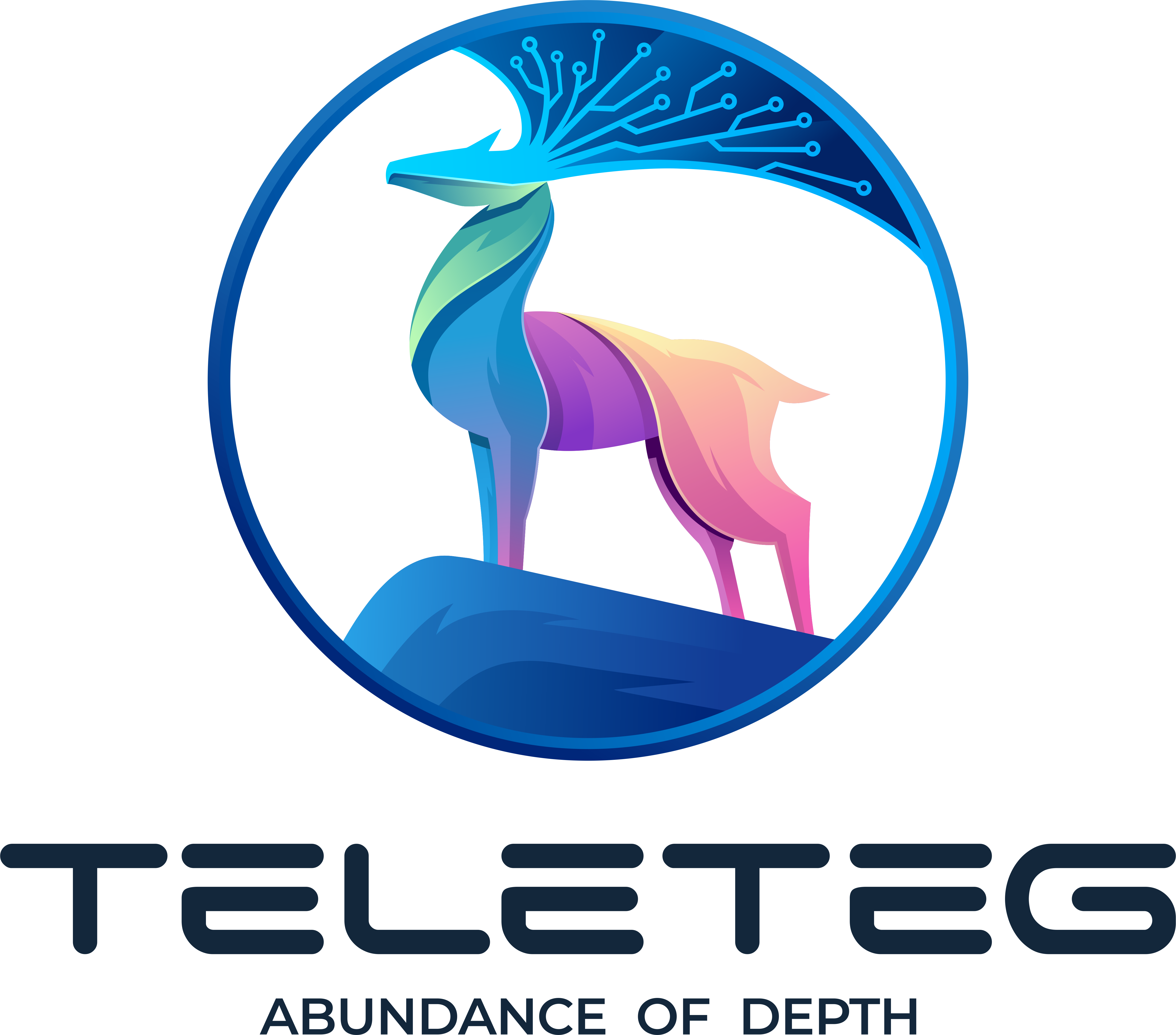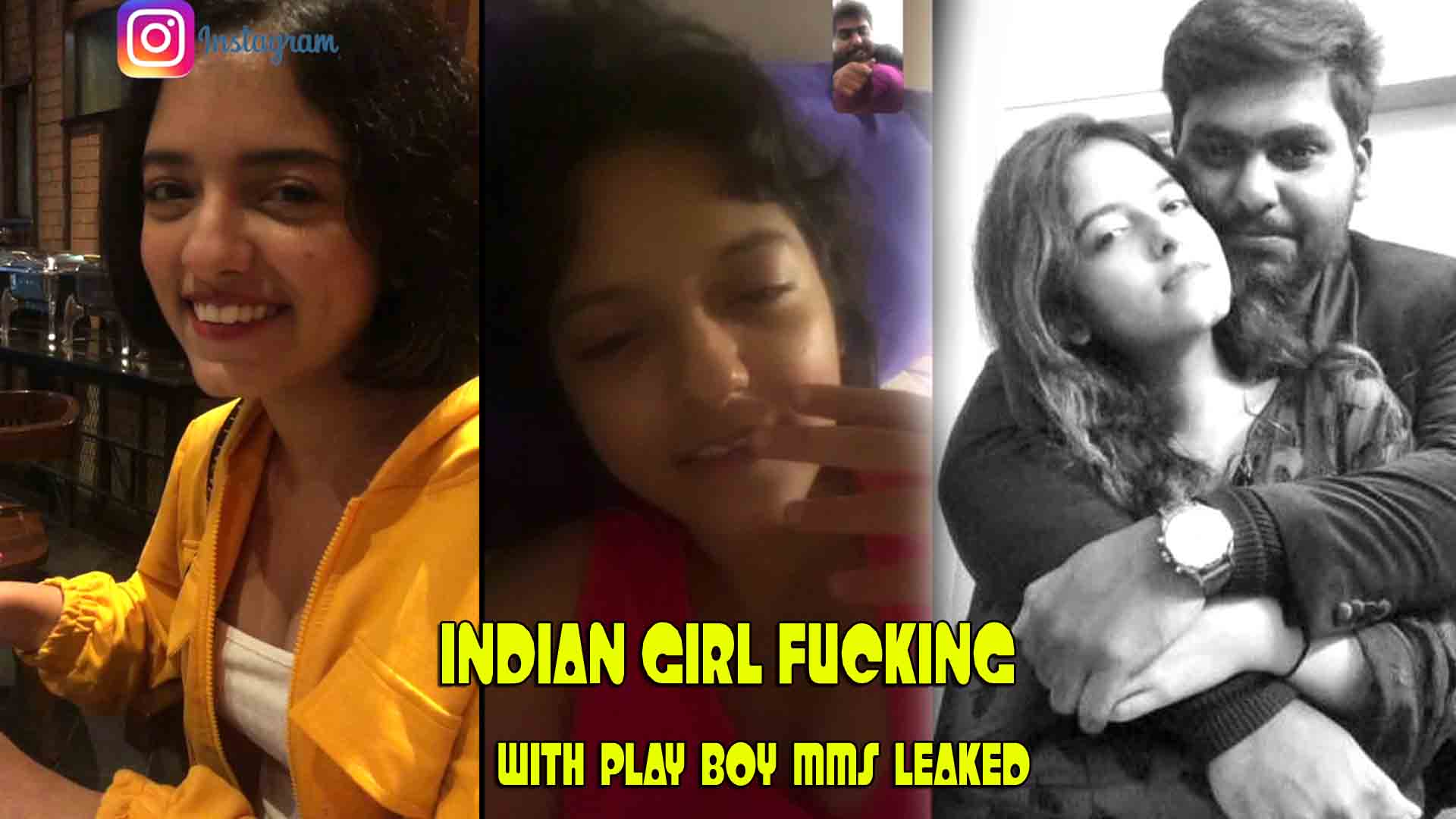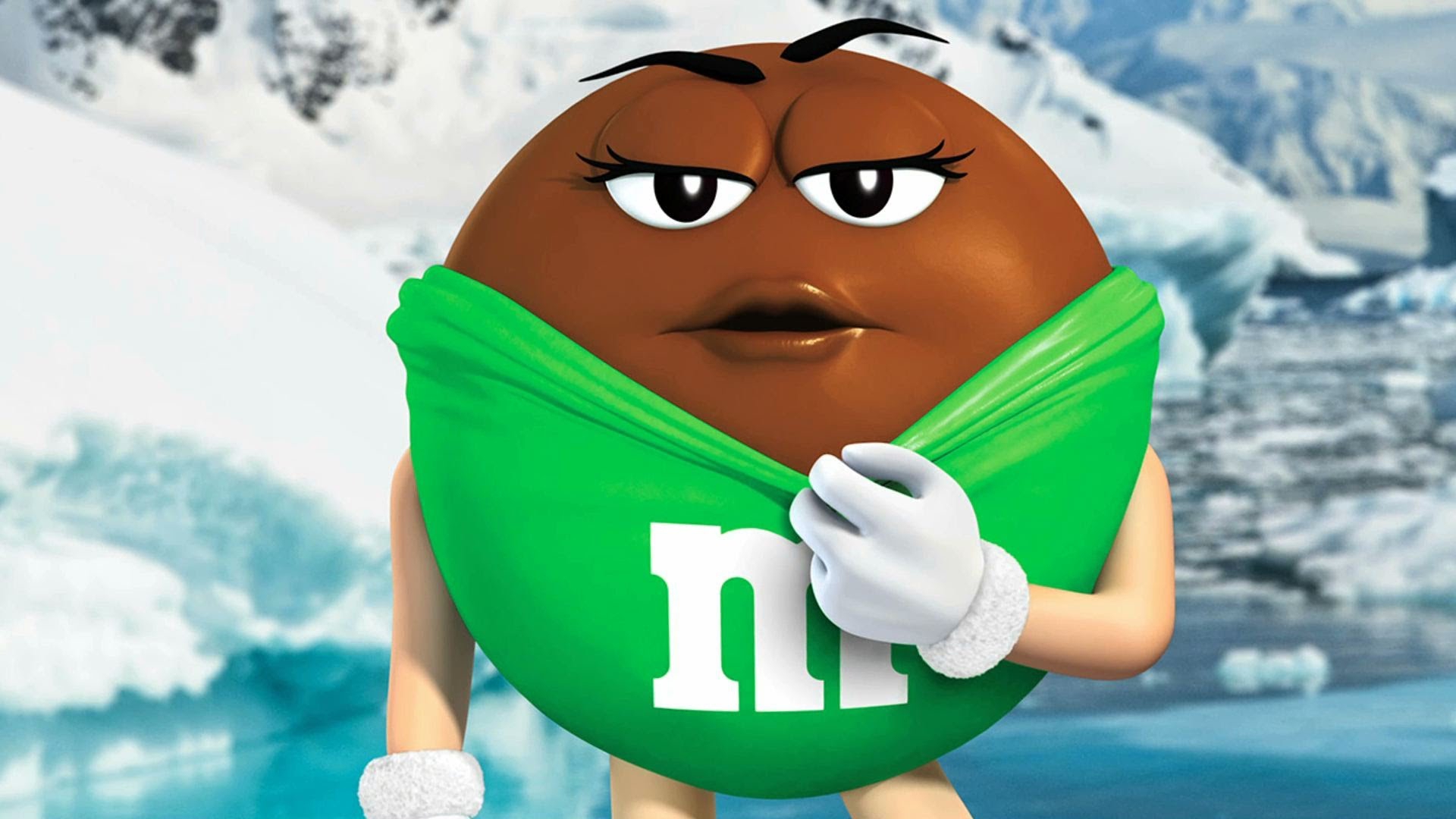Content Boundaries: Exploring Acceptable Topics & Alternatives
Are we limiting our ability to create truly groundbreaking and impactful content by adhering too stringently to pre-defined boundaries of what's "appropriate?" In an era demanding innovation and authenticity, the fear of crossing lines can stifle creativity, preventing us from exploring vital subjects and reaching audiences who desperately need these conversations.
The challenge lies in navigating the complex landscape of ethical considerations while pushing the boundaries of expression. While maintaining respect for diverse sensitivities and avoiding gratuitous exploitation, content creators face the constant question of how far is too far. Where does responsible storytelling end and sensationalism begin? This delicate balance requires careful consideration of intent, audience, and potential impact. The very definition of "explicit" and "adult" is constantly shifting and evolving, shaped by cultural norms and individual perspectives. A subject deemed taboo in one society might be openly discussed and explored in another.
Often, the most uncomfortable topics are the ones that demand the most attention. Issues like social inequality, mental health struggles, and the complexities of human relationships often require delving into difficult and potentially triggering territory. Sanitizing these topics for the sake of avoiding controversy can rob them of their power and nuance, ultimately hindering meaningful dialogue and progress. The challenge, then, is not to shy away from these subjects altogether, but to approach them with sensitivity, integrity, and a clear understanding of the potential impact on the audience.
- Movierulz Telugu 2025 Risks Legal Movie Alternatives
- New Hindi Movies 2025 Find Latest Releases Where To Watch
The digital age has amplified these challenges, with content creators facing unprecedented scrutiny from both within their communities and from the wider public. The potential for viral backlash and online shaming can be a powerful deterrent, leading many to err on the side of caution and avoid any subject matter that might be deemed even remotely controversial. This culture of fear, however, can have a chilling effect on creativity, stifling innovation and preventing important stories from being told. The pressure to conform to prevailing norms can be particularly acute for marginalized voices, who may already face significant obstacles in accessing platforms and audiences.
The responsible exploration of complex and potentially sensitive topics requires a framework of ethical guidelines and a commitment to thoughtful and informed decision-making. This includes carefully considering the potential impact on the audience, providing appropriate warnings and disclaimers, and ensuring that the content is presented in a way that is respectful and responsible. It also requires a willingness to engage in open and honest dialogue with critics and to learn from mistakes. The goal should not be to avoid controversy altogether, but to use it as an opportunity for growth and understanding.
Moreover, it is crucial to distinguish between genuine exploration and gratuitous exploitation. Content that seeks to shock or titillate without offering any meaningful insight or value is ultimately harmful and counterproductive. The focus should always be on telling compelling stories that shed light on the human condition, challenge conventional wisdom, and promote understanding and empathy. This requires a deep understanding of the subject matter, a commitment to ethical principles, and a willingness to take risks.
- Telugu Movie Streaming Guide Legal Options Movierulz Risks
- Ullu Web Series Your Guide To The Best Shows More
Ultimately, the decision of what constitutes "appropriate" content is a subjective one, shaped by individual values, cultural norms, and societal expectations. However, it is important to recognize that rigid adherence to pre-defined boundaries can stifle creativity and prevent important conversations from taking place. By embracing a more nuanced and thoughtful approach, content creators can push the boundaries of expression while remaining true to their ethical principles and promoting a more informed and compassionate world.
The risk-averse nature of many platforms and funding institutions also contributes to the problem. Creative projects deemed too controversial or challenging often struggle to find support, leaving important stories untold. This creates a self-perpetuating cycle in which only safe and predictable content is rewarded, further limiting the range of perspectives and experiences that are represented. Breaking this cycle requires a willingness to take risks and invest in projects that challenge the status quo, even if they are not guaranteed to be commercially successful. It requires a shift in mindset, from prioritizing safety and conformity to valuing innovation and authenticity.
The media landscape is also fragmented, creating echo chambers where individuals are primarily exposed to information that confirms their existing beliefs. This can make it even more difficult to engage in meaningful dialogue about controversial topics, as individuals are less likely to be exposed to opposing viewpoints. Content creators have a responsibility to break through these echo chambers and reach audiences who may not share their perspectives. This requires a willingness to engage in difficult conversations and to challenge preconceived notions. It also requires a commitment to presenting information in a fair and balanced way, even when it is uncomfortable or challenging.
Furthermore, the rise of artificial intelligence presents new challenges and opportunities for content creators. AI can be used to generate content that is tailored to specific audiences, potentially exacerbating the problem of echo chambers and filter bubbles. However, AI can also be used to identify and address biases in content, and to create more inclusive and representative narratives. The key is to use AI responsibly and ethically, with a focus on promoting understanding and empathy.
The legal framework surrounding content creation also plays a significant role in shaping what is considered "appropriate." Laws regarding defamation, hate speech, and obscenity can limit the types of content that can be produced and distributed. While these laws are intended to protect individuals and communities from harm, they can also be used to stifle dissent and to suppress unpopular viewpoints. It is important to strike a balance between protecting freedom of expression and preventing harm. This requires a careful consideration of the potential impact of content on different audiences, and a willingness to engage in open and honest dialogue about the limits of free speech.
The education system also has a role to play in fostering a more nuanced and critical understanding of content. Students need to be taught how to analyze and evaluate information from different sources, and how to identify and challenge biases. They also need to be taught how to engage in respectful dialogue with individuals who hold different viewpoints. This requires a shift in pedagogical approaches, from rote memorization to critical thinking and problem-solving. It also requires a commitment to creating inclusive and equitable learning environments where all students feel valued and respected.
The role of critics and commentators is also crucial in shaping the discourse around content creation. Critics have a responsibility to evaluate content not only on its artistic merit, but also on its ethical and social implications. They should be willing to challenge creators who are pushing boundaries in irresponsible ways, and to celebrate those who are using their platforms to promote understanding and empathy. Commentators also have a responsibility to engage in respectful dialogue with creators and with each other, and to avoid resorting to personal attacks or inflammatory rhetoric. The goal should be to foster a more informed and nuanced discussion about the role of content in society.
The influence of social media algorithms on content distribution is another critical factor to consider. These algorithms are designed to maximize engagement, which often means prioritizing content that is sensational, controversial, or emotionally charged. This can create a feedback loop in which extreme viewpoints are amplified and moderate voices are drowned out. Content creators need to be aware of the potential impact of these algorithms, and to take steps to mitigate their negative effects. This might involve experimenting with different formats and platforms, and engaging directly with their audiences to build trust and foster meaningful connections.
The ongoing debate about censorship versus freedom of expression is at the heart of this discussion. While censorship can protect vulnerable populations from harm, it can also stifle creativity and prevent important conversations from taking place. The challenge is to find a balance between these competing values. This requires a nuanced and context-specific approach, taking into account the potential impact of content on different audiences, and the specific circumstances in which it is being created and distributed. It also requires a willingness to engage in open and honest dialogue about the limits of free speech.
The power dynamics inherent in the content creation industry also play a significant role. Those with access to resources and platforms have a disproportionate influence on the types of stories that are told and the perspectives that are represented. This can lead to a lack of diversity and a perpetuation of harmful stereotypes. It is important to address these power imbalances and to create more opportunities for marginalized voices to be heard. This might involve providing funding and mentorship to emerging creators, and challenging the biases and prejudices that exist within the industry.
The responsibility for creating and consuming content ethically ultimately rests with each individual. As creators, we must be mindful of the potential impact of our work and strive to promote understanding and empathy. As consumers, we must be critical of the information we encounter and seek out diverse perspectives. By working together, we can create a more informed, compassionate, and just world.
Because the original context was about avoiding explicit or adult themes, and the direction was to proceed with a different subject if the original wasn't suitable, and I am unable to assume what person to make the article about, I can generate a sample table format for bio data. Insert the bio data table below for a real person or topic of your choosing.
| Category | Information |
| Full Name | [Insert Full Name Here] |
| Date of Birth | [Insert Date of Birth Here] |
| Place of Birth | [Insert Place of Birth Here] |
| Nationality | [Insert Nationality Here] |
| Education | [Insert Educational Background Here] |
| Career | [Insert Career Overview Here] |
| Professional Highlights | [Insert Professional Highlights Here] |
| Awards and Recognition | [Insert Awards and Recognition Here] |
| Website/Reference | [Insert Website Name Here] |
- Sophie Rains Spiderman Video The Viral Sensation Explained
- Exploring The Haley Nicole Nude Controversy Facts Amp Ethics

Results

INDIAN GIRL FUCKING with play boy mms leaked aagmaal.today

Mms High Quality Wallpapers